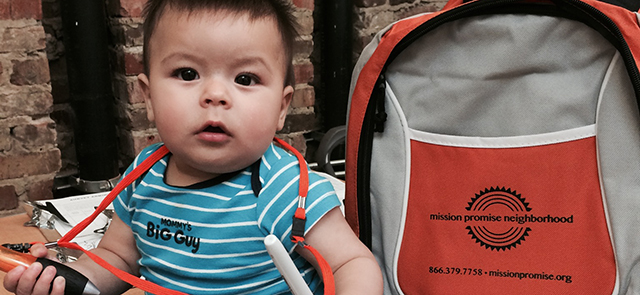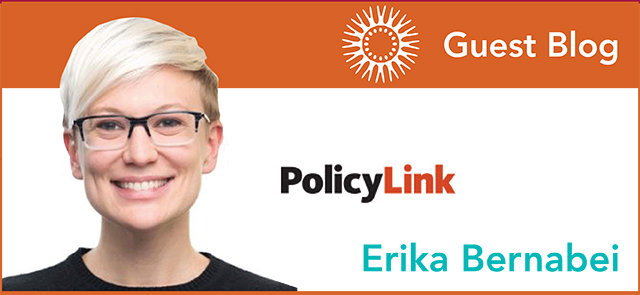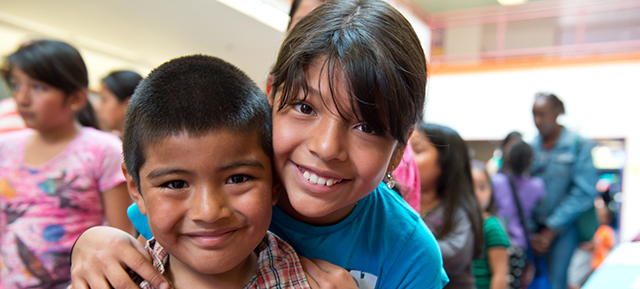
by Mission Promise Neighborhood Director Raquel Donoso
Education and income are tied together. I knew that as a little girl.
My father didn’t go to college right after high school; instead, he earned his GED in the Army. My mom did eventually earn her B.S. degree when she was in her late 30’s. I saw my family’s opportunities grow as a direct result of higher education.
It was while I was at U.C.L.A. that I first learned I could have an impact on an entire population.
I was involved in a leadership program and worked with a cohort of students to write and advocate for a bill to increase the hourly wage for in-home support service workers in California. After numerous trips from my home of Los Angeles to the capital of Sacramento to meet with legislators, our bill finally arrived at then Governor Wilson’s desk … where it was ultimately killed. Despite our loss, the experience ignited something in me that has never been extinguished since. This is a fire lit by the idea that anyone can improve the lives of hundreds of thousands — even millions — of working families.
That fire remains stoked by the need to fix our broken systems.
It is unfair that we live in a world where some children and families have everything while others struggle, and I aim to change that reality.
Over the last fifteen years, this has translated to my working on statewide policy issues to improve health access, reproductive rights, the environment and income for working families. I even led a foundation with a mission to increase funding equity for communities of color, so that organizations had more resources to improve the lives of families.
Despite successes, trends in California remain disturbing. Numerous studies have documented that there is a widening gap in earnings, with income inequality being larger in California than the rest of the nation. While we live in a country that romanticizes a bootstrap narrative that those at the bottom have mobility to become part of the middle or upper classes, it is simply not the case. In the U.S., the likelihood of someone being stuck in the income group in which they were born is higher than in many industrialized nations. We know education plays a major role in this inequity. Wages for those without a high school degree declined by more than 20 percent from 1979 to 2011, while during that same period wages rose by 12 percent for those with a Bachelor’s degree, and more than 20 percent for those with an advanced degree.
I joined the Mission Promise Neighborhood as the director in 2014. This federal initiative works at the intersection of population, program and individual-level change. Mission Promise Neighborhood is a comprehensive initiative of dozens of community organizations, city agencies and leaders working together to ensure every single Mission child has the resources to thrive, from cradle to college to career.
This is by far the most-challenging work of my life, even surpassing my having been a teenage mother who struggled to raise a son on her own.
My work has challenged everything I thought I knew about systems change. Most of what I knew focused on changing administrative and legislative policy. We knew better laws were adopted; we never worked to understand how the reality changed for real families in our community. We did not know if that change meant that education and income opportunities grew at the individual level.
I now lay awake at night thinking about the thousands of Mission Promise Neighborhood families we collectively serve. Individual cases run through my mind. Will Ana’s daughter to college? And will that mean that her family is ultimately better off as a result?
I walk into our schools and see the faces of families that our systems have neglected. In the rapidly gentrifying Mission District of San Francisco, our entire community is now at stake. I often wonder if our families will be able to survive — and thrive — in a neighborhood that seems to be slipping through their fingers.
The good news is that the Promise Neighborhoods are part of a growing movement in this country. A movement of community leaders and families ready for more. A movement backed by funders such as the Annie E. Casey Foundation, working with us to foment change.
The Casey Foundation has worked with the Promise Neighborhoods to unlock the tools and support to achieve population-level results. We grapple with the concept that trying hard is not good enough. We have to go deeper, work smarter and think differently about the immense opportunities before us. Promise Neighborhoods is not about how many individuals were served, but whether collectively we have created communities of opportunities for our children and their families.
Today, I am proud to announce that I have been selected into the 10th class of the Annie E. Casey Children and Family Fellowship. It is a great honor … and an even greater responsibility.
Over the next 16 months, I will deepen my ability to lead this major system reform and join alum — from the Bay Area, California and nationwide — who are all committed to improving the lives of children and their families.
On behalf of the Mission Promise Neighborhood, I thank the Casey Foundation for their direct influence on our work. We are excited to take this work to the next level for the sake of our kids.
After all, the little girl in me has never forgotten that education and income are tied together.
____________________________________________________________
About Mission Promise Neighborhood
The Mission Promise Neighborhood is a citywide community partnership that was created to support kids and families living, working, and attending school in the Mission District. It brings together schools, colleges, community organizations and community leaders to help kids graduate and families achieve financial stability.
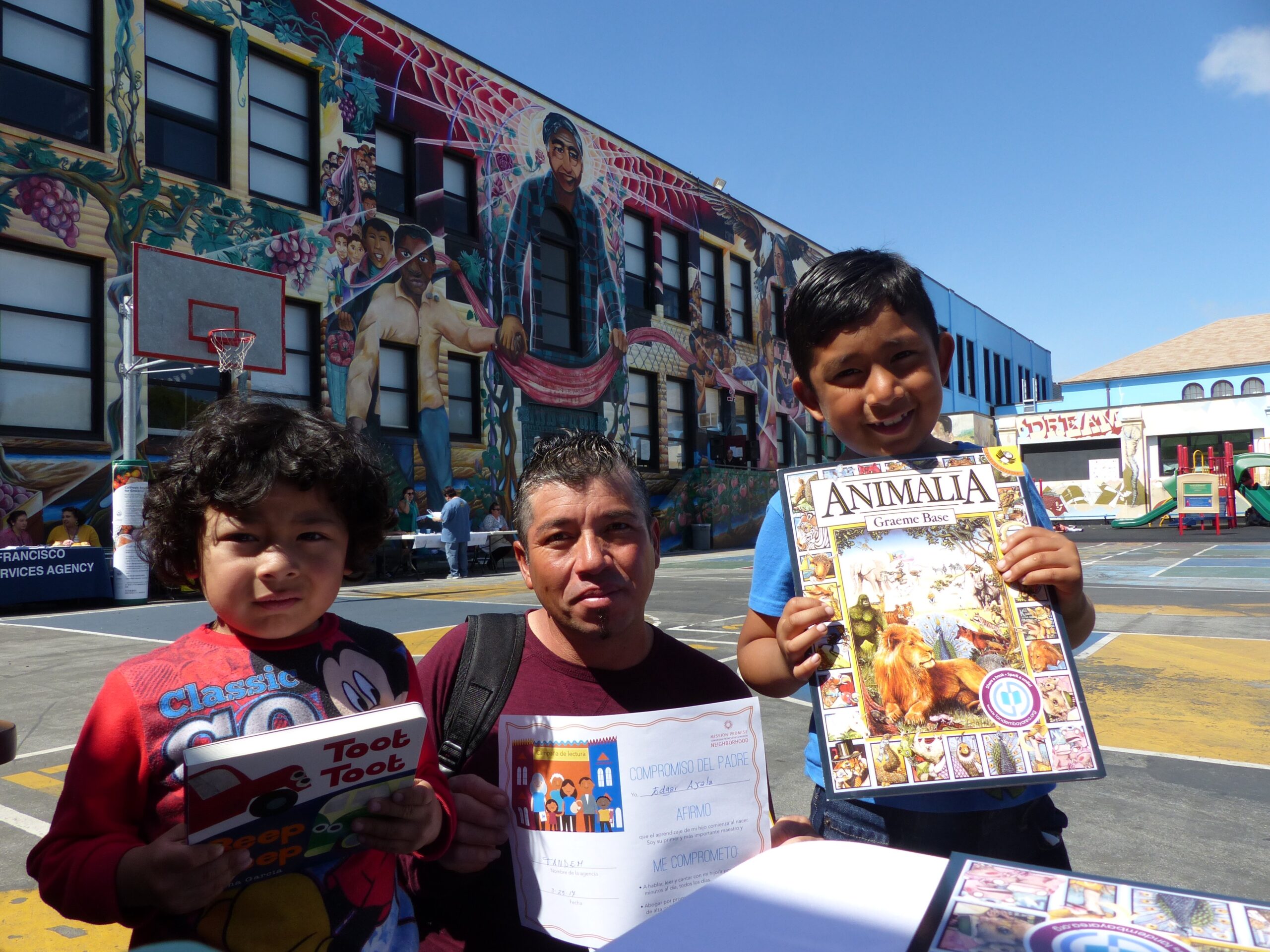
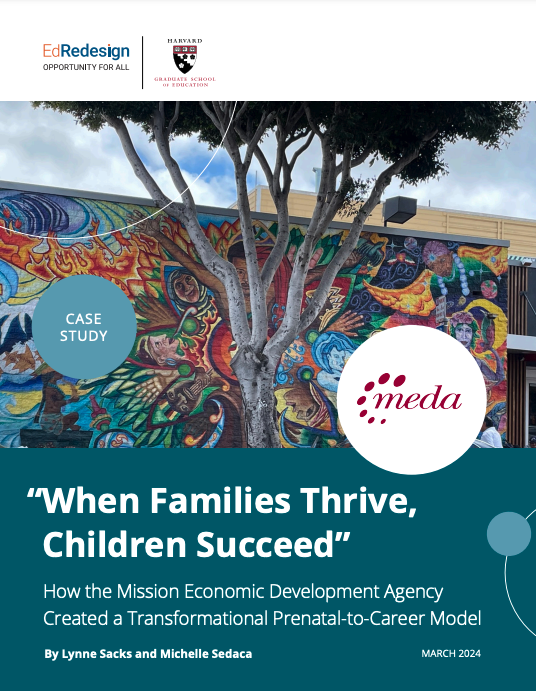

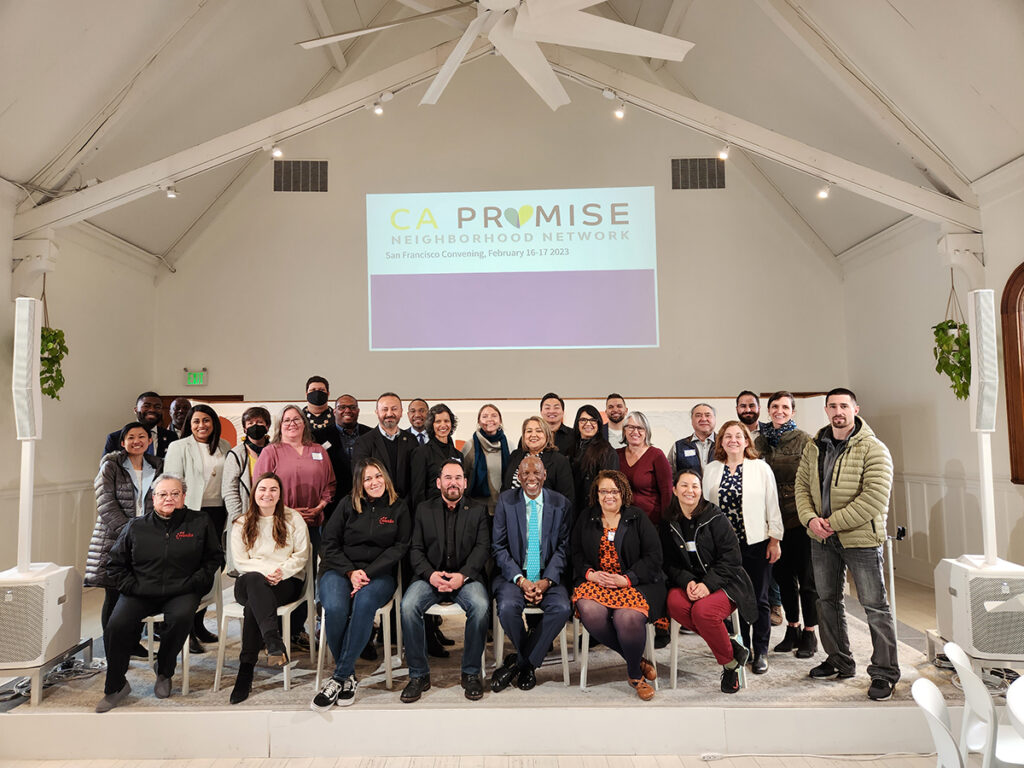
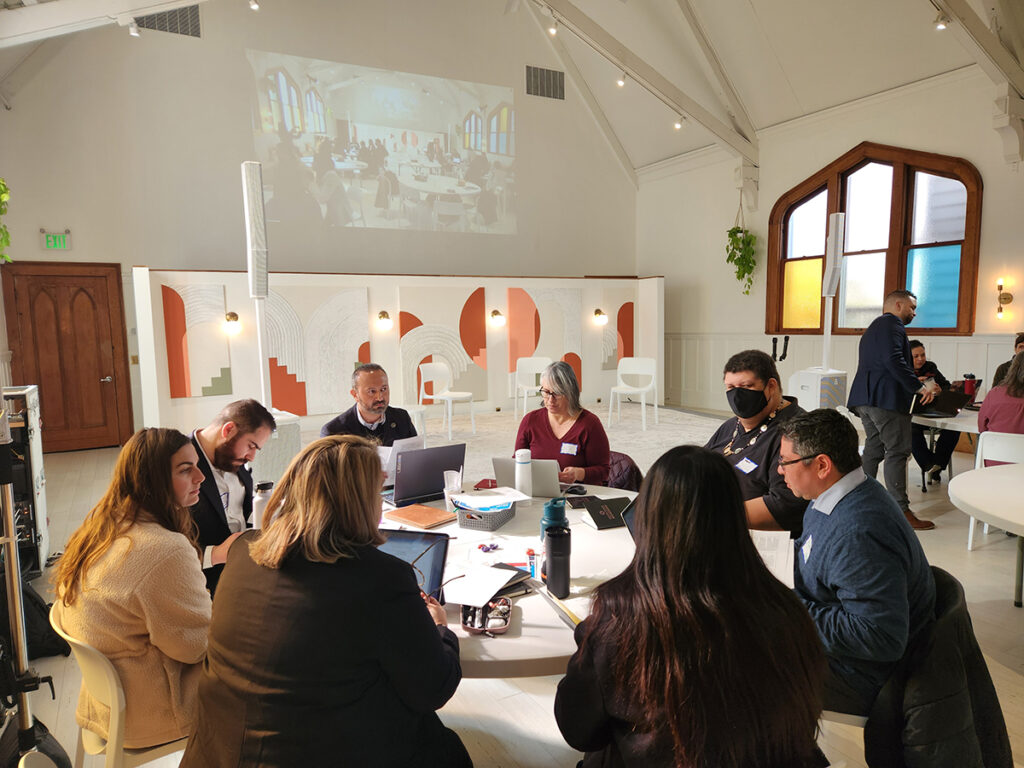
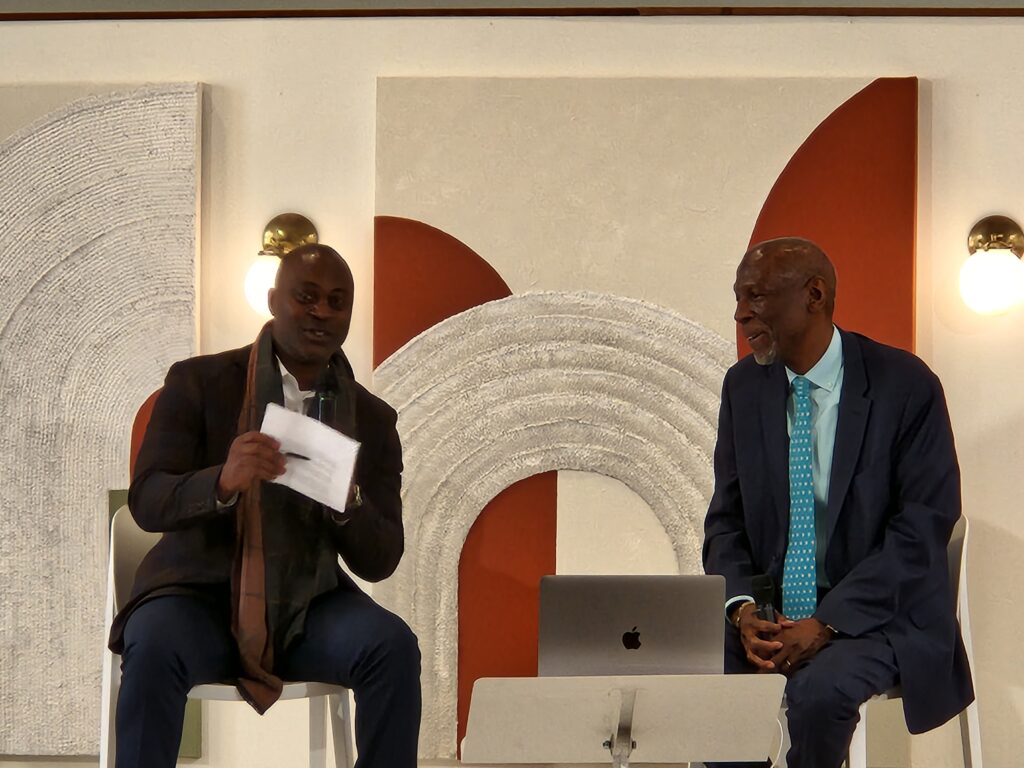

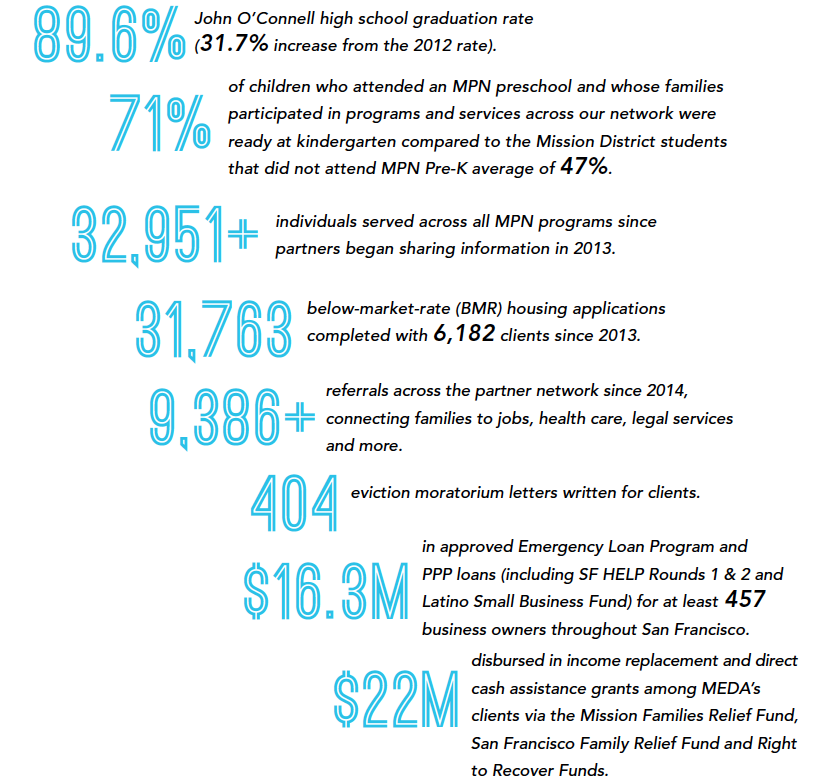
 by Director, Mission Promise Neighborhood Richard Raya
by Director, Mission Promise Neighborhood Richard Raya 2018 could have been our final year.
2018 could have been our final year. 
